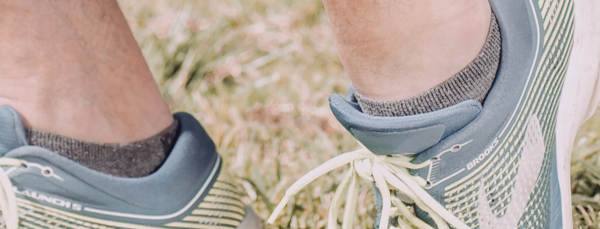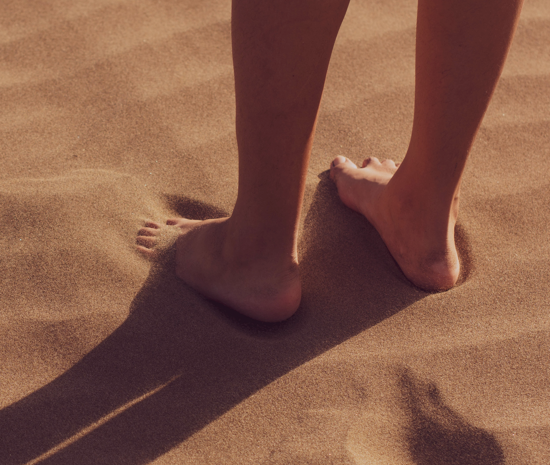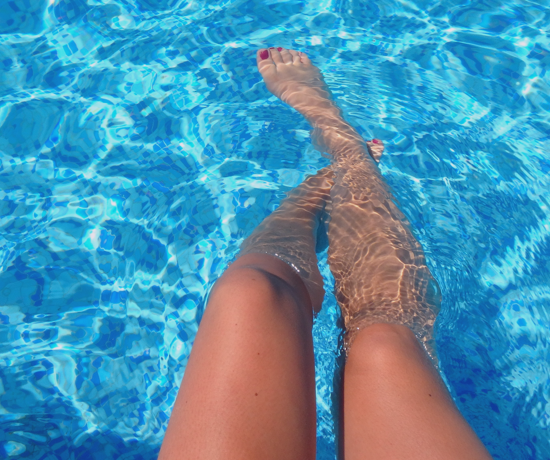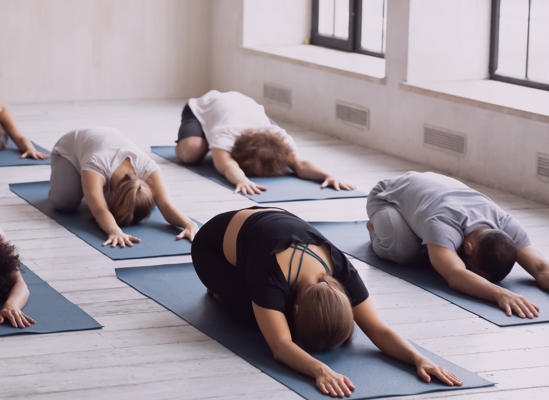Ankle injuries are a common and often debilitating problem for athletes and active people. These injuries also have a high recurrence rate. You can reduce your risk by following the tips compiled here by the orthotists at Médicus.
1. Strengthen and stabilize your ankles
A strong ankle is more likely to resist injury from awkward moves or twists. It also gives you better control over your movements. Here are three suggestions to get started.
Heel lifts
This exercise consists of raising your heels as high as possible and lowering them to the floor, leaning on a wall or railing for balance. About ten repetitions a few times a day is enough. For variety, do it on one leg, then the other.
Ankle alphabet
When sitting, imagine that your big toe is a pencil. One foot at a time, try to write the alphabet in capital letters. Also practise writing lowercase letters.
Balances
On the floor, on a half ball or balance board, play with the following variations:
- Stand on both legs with your eyes closed
- Stand on one leg (eyes open or closed)
- Do knee bends while remaining balanced
- Vary your arm positions (airplane, tree, hands in prayer)
- Twist the upper body to each side
Another good tip is to work the leg muscles that assist the ankles in their role as key supports.
2. Increase your ankle flexibility
Flexibility exercises improve ankle range of motion. The more flexible and mobile your ankles are, the less likely you are to strain them or tear ligaments. Flexibility exercises also prevent the stiffness that is typical of immobilization after an injury.
Achilles Tendon
Gently stretch your Achilles tendon by standing facing a wall with the toes of one foot on the wall and the heel on the floor. If necessary, shift more weight forward to really feel the stretch. Hold the position for 30 seconds before switching legs.
Forefoot
From a kneeling position, place your shins horizontal to the floor, then gently lift your knees to stretch the front of the ankle. Hold for 30 seconds.
If you have an injury, it is recommended that you get a health care specialist’s approval before starting these exercises.
3. Take it step by step
Are you starting (or resuming) a physical activity? Be gentle with yourself and keep your initial sessions short and medium in intensity. There will always be time to take things up a notch when your ankles are ready. With the right pace, you limit the risk of injury and having to stop moving altogether.
Our orthotists also advise you to wear shoes adapted to your activity and to stretch before and after exercise.
4. Adopt a healthy lifestyle
Osteoarthritis is a disease that appears over time, often around the age of 60. It causes pain in the ankles or other joints. The causes of osteoarthritis are still unknown, but research suggests that the following may help prevent it:
- Maintain a healthy weight
- Get moving – stay active every day with gentle activities aligned with your tastes and abilities (swimming, walking, biking, yoga, curling)
- Eat well – add even more fruits and vegetables to your diet
- Limit strenuous activities that carry a high risk of injury or that cause repeated impact to joints, such as running
These healthy habits could prevent osteoarthritis and many other ailments. Ankle pain includes sprains, Achilles tendon ruptures and tendonitis.
5. Try orthoses
The idea of orthoses is to find what you need to keep moving freely and safely. We want to prevent pain and possible injury. The choice of solution is based on two main factors:
1- Your physical condition
Previous injuries: If you have had a previous ankle injury, you are at greater risk for recurring injuries. That’s why it’s important to protect your joint when you’re in action.
Biomechanical alignment: Mechanical or musculoskeletal problems can lead to ankle pain. Orthoses help align structures and provide increased stability.
Foot condition: Certain foot problems weaken the lower body. For example, flat foot, cavoid foot, arthritis.
2- Your activity
Frequency and intensity: Do you want to push yourself by achieving a major goal such as running a marathon or participating in a sports competition? You will need to increase the frequency and intensity of your workouts. This will put a lot of stress on your ankles, so remember to protect them.
Risk level: Activities like soccer, basketball, gymnastics, trampoline, volleyball, ballet, running, football and downhill skiing put a lot of strain on the ankles. In addition, abrupt changes in direction, jumps and landings increase the risk of injury. This is why many athletes choose to wear a brace to stabilize their ankles.





